HEALTH WATCH: Kick start heart safety: Promote AED availability
CalHiSports Insights December 20, 2012 SportStars 0
Sudden Cardiac Failure in the young athlete is not common, but when this occurs the consequences are devastating.
The rate of occurrence is about 1/200,000 per year in the U.S. athletic population. The underlying factors are difficult to screen for, and the most common first symptom is sudden death. The American Heart Association recommends a 12-element screen to help determine who is most at risk. This involves a detailed personal health history of heart murmur or symptoms with exercise, family history of any heart condition or sudden death at younger than 50 years of age, and physical examination for vital signs of resting heart rate/blood pressure/and listening for a heart murmur.
If red flags are raised during this health screen, further diagnostic methods are warranted including EKG, ECHO cardiogram, and even a CT scan; all very expensive procedures. Still, there is not a foolproof method of preventing catastrophe.
That being the case, there is one device that can avert this disaster — and unfortunately it is not yet as common a sight as the fire extinguisher or exit sign.
Automatic External Defibrilators (AEDs) are important lifesaving devices that should be readily available in all public places where athletics occur. It is the one item that no one ever wants to use, yet everyone should have access to.
The AED is designed for simplicity, with verbal instruction and pictures to guide the user through the action of saving a life. All CPR instruction includes familiarizing with the AED. There is not one single proven method of saving a life that equals the early use of an AED during a cardiac event. Nearly all young athletes who suffer a sudden cardiac event can be saved with the AED.
The problem remains, however, that we as a society have not yet reached the tipping point of having the expectation of finding an AED in any building, field of play, or sporting venue we may find ourselves in. The good news is we are not very far off.
The public’s awareness is rising, with CPR classes covering its use, news and print media covering the issues, and the universal sign of a heart with a lightning bolt becoming more common place. Still, more advocacies are needed and it is the public’s pressure on institutions that wins the money to make the AED a pervasive sight.
Bruce Valentine is a physical therapist assistant for the Sports Medicine For Young Athletes, a division of Children’s Hospital Oakland with a facility also located in Walnut Creek. If you have questions or comments regarding the “Health Watch” column, write the Sports Medicine For Young Athletes staff at [email protected].
SportStars
SportStars Magazine: High School Sports Articles Online SportStars is your go-to source for the very best high school sports articles in California. Player and team profiles, game coverage, health and fitness tips and the largest Camps, Clinics & Combine resource for athletes. We're the story behind the stats.

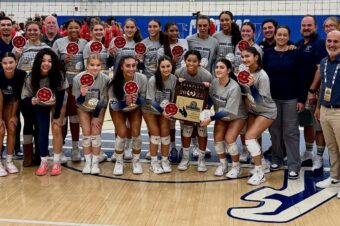
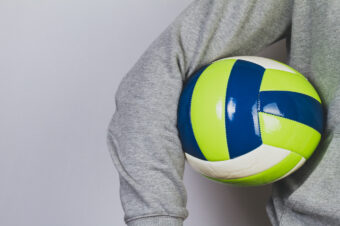
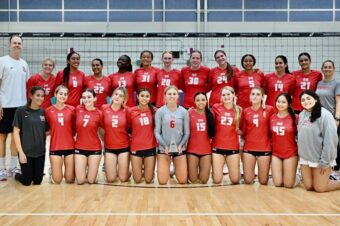
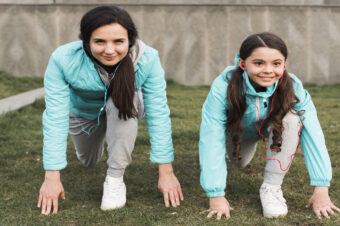

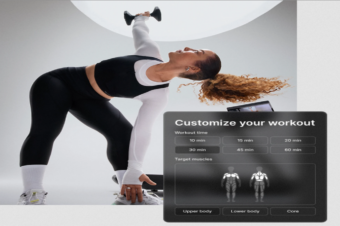
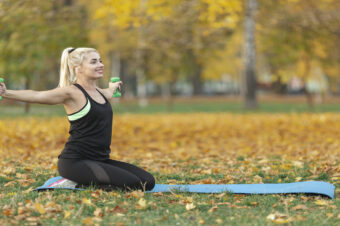
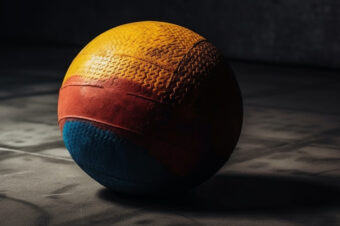
No comments so far.
Be first to leave comment below.